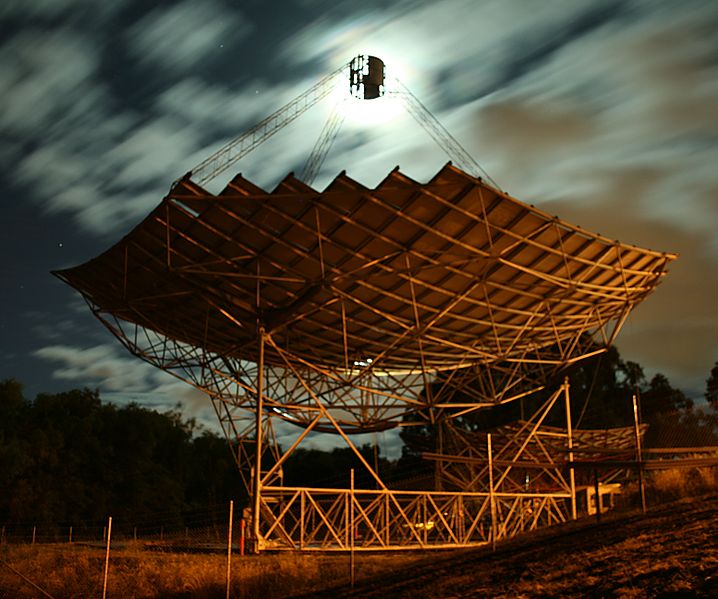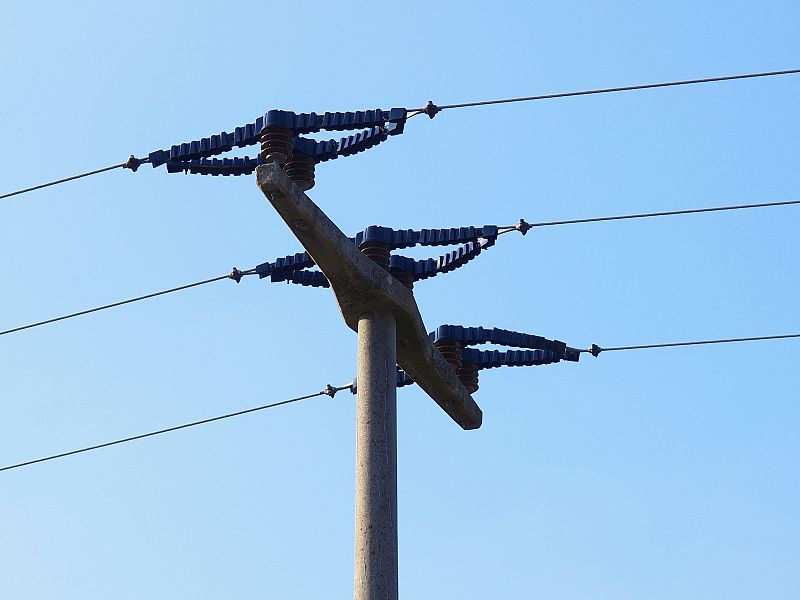Often, the most promising opportunities are those that become visible when the sun shines on a dark space. One such dark space is the wealth of untapped energy sources throughout Latin America; and of those energy alternatives, perhaps none looms as promising as the sunlight itself.
The rate of adoption for solar energy throughout Latin America is shockingly low when compared to the rest of the world. With up to 100 gigawatts of solar energy expected to be deployed globally each year, less than 500 megawatts — or about one half of one percent — is expected in Latin America.
While other regions have already deployed considerable resources in solar as part of larger sustainable energy programs, solar photovoltaic technology is largely non-existent in Latin America. The Inter-American Development Bank released a report last year indicating that Latin America and Caribbean countries could, in theory, meet 100 percent of their energy needs from renewables. For instance, the Chilean desert offers an economic potential for solar similar to Arizona or Nevada, two leaders in the U.S. Other regions – like South Africa – are making rapid headway; the time for solar power in Latin America is now.
First, let’s dispel some of the myths about the viability of solar energy.
There is a big distinction to be made between making solar panels and producing solar power. For instance, the U.S. solar panel manufacturer, Solyndra, a favorite target of critics of solar power, was in fact not a producer of solar power, but a maker of solar panels. Its demise was the consequence of a Darwinian shift in market forces: panel prices, driven down sharply by cheaper alternatives from China, made the business model of Solyndra – and many other manufacturers globally – untenable. That these companies were unable to compete in a burgeoning market is not evidence that the market does not exist, or that others won’t succeed in it. Solyndra is gone, but the demand for solar panels is growing rapidly. Supplying that demand today are fewer but stronger manufacturers, who have a brighter future ahead.
Where government assistance and intervention was once required for solar power plants to work economically, subsidies are no longer a requirement for solvency in the space. In the past five years, the cost of solar panels and other balance of plant components have fallen so dramatically that solar is reaching parity with conventional power sources – like coal and natural gas. The solar power model now stands on its own—a sustainable energy source supporting a viable business.
Latin America, as a potential market, has a competitive advantage in not being first. With new technologies, much can be learned from the mistakes of others. The average cost of an installed watt of solar energy has dropped nearly 25 percent in the past couple of years, and most projections indicate that the improvement will continue. More dramatically, consider that a watt of solar energy cost $1,785 to produce in 1953. Today, it costs about one dollar. The underlying costs associated with deployed solar photovoltaic power are expected to continue to decline.
For all the criticism it’s faced, solar energy has the biggest upside of all renewables. This is equally true when viewed through the lens of an investment opportunity. The time required to build a solar power project is less than or comparable to wind, significantly less than for hydroelectric or biomass, and a fraction of what’s required for coal or geothermal. Financing is readily available from both commercial and development banks, even without the need for a long-term power purchase agreement. Operators can start to produce power on a merchant basis, providing flexibility – and higher short-term profitability – in the more expensive power markets in Latin America. In addition, environmental impacts are often far less than other renewable alternatives. Residential and commercial rooftop installations require even lower investment and power can be turned on very quickly.
Solar energy is fast becoming the most productive natural resource in the world. Over the next 20 years, cumulative investment in solar power is expected to be close to $3 trillion – as much as $100 billion per year globally looking for investments. With some of the best solar resources in the world, Latin America is a vastly untapped potential source. It doesn’t take a flashlight the size of the sun to see the opportunity.
Ben Moody is President and CEO of Miami-based Pan American Finance, a specialized investment banking advisory firm providing advisory services on renewable energy in Latin America, the Caribbean and the U.S. markets.




